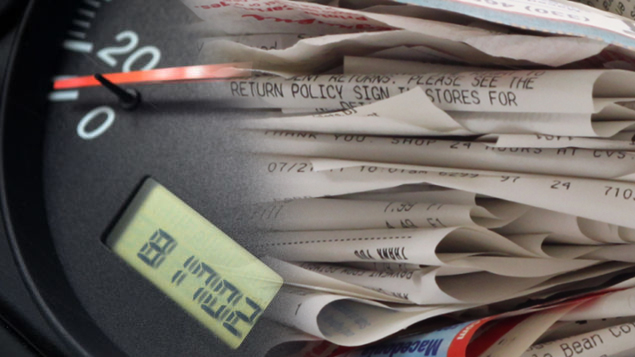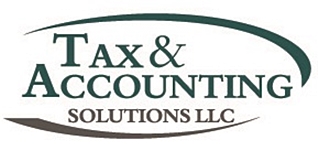 With the standard mileage at 53.5 cents per mile for 2017, it might be time to revisit what yields the more substantial deduction: the standard mileage rate for each business mile, or your actual car expenses. If this is the first year you have business use of an automobile, you don’t have to decide which method yields the better result until you file your return. If this is not the first year you have business use of an automobile, you cannot switch to the standard mileage rate in a later year if you started with deducting the actual expenses. On the other hand, if you started with deducting automobile expenses using the standard mileage rate, you can switch to the actual expense method.
With the standard mileage at 53.5 cents per mile for 2017, it might be time to revisit what yields the more substantial deduction: the standard mileage rate for each business mile, or your actual car expenses. If this is the first year you have business use of an automobile, you don’t have to decide which method yields the better result until you file your return. If this is not the first year you have business use of an automobile, you cannot switch to the standard mileage rate in a later year if you started with deducting the actual expenses. On the other hand, if you started with deducting automobile expenses using the standard mileage rate, you can switch to the actual expense method.
Claiming the standard mileage rate is a lot easier for most of us — all we have to do is keep track of our business miles and multiply them by the current rate. In addition, you may also deduct your costs for parking and tolls and, if you are self-employed, the interest on your car loan. Claiming actual expenses requires a bit more diligence in your recordkeeping. Doing so, however, may pay off in the end by giving you a larger deduction.
First, you must keep receipts for all your gasoline and oil, repairs, tires, licensing and registration fees, insurance, garage rent, lease fees, parking, tolls, and rental fees. If you are self-employed, you may also take the business portion of any interest you are paying on a car loan. Luxury and sales taxes are not deductible under any circumstance, although the amounts you pay can be added to your cost and recovered through depreciation.
Regardless of the method you choose, the expenses are limited to your business-use percentage. This percentage is calculated by dividing your total business miles by your total miles driven for the year. It’s wise to make note of your odometer reading on January 1 and again on December 31.

